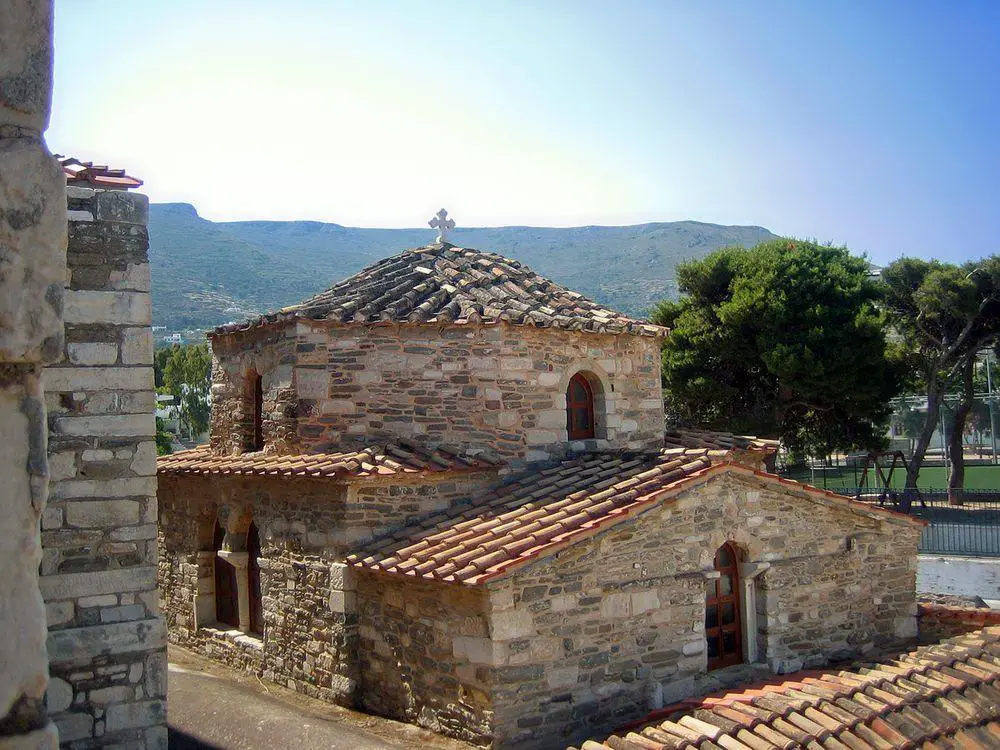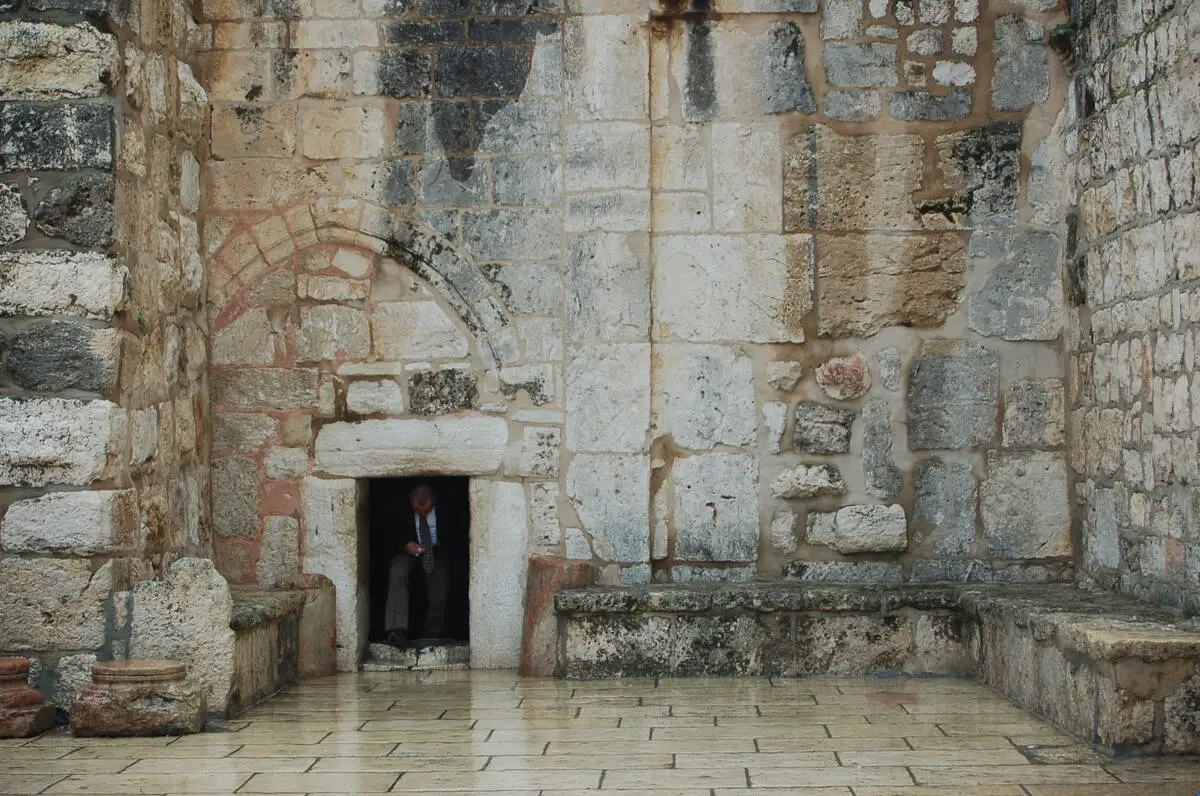Churches 🢔 Religious architecture 🢔 Architectural wonders 🢔 Categories of wonders
Wonder
Panagia Ekatontapyliani
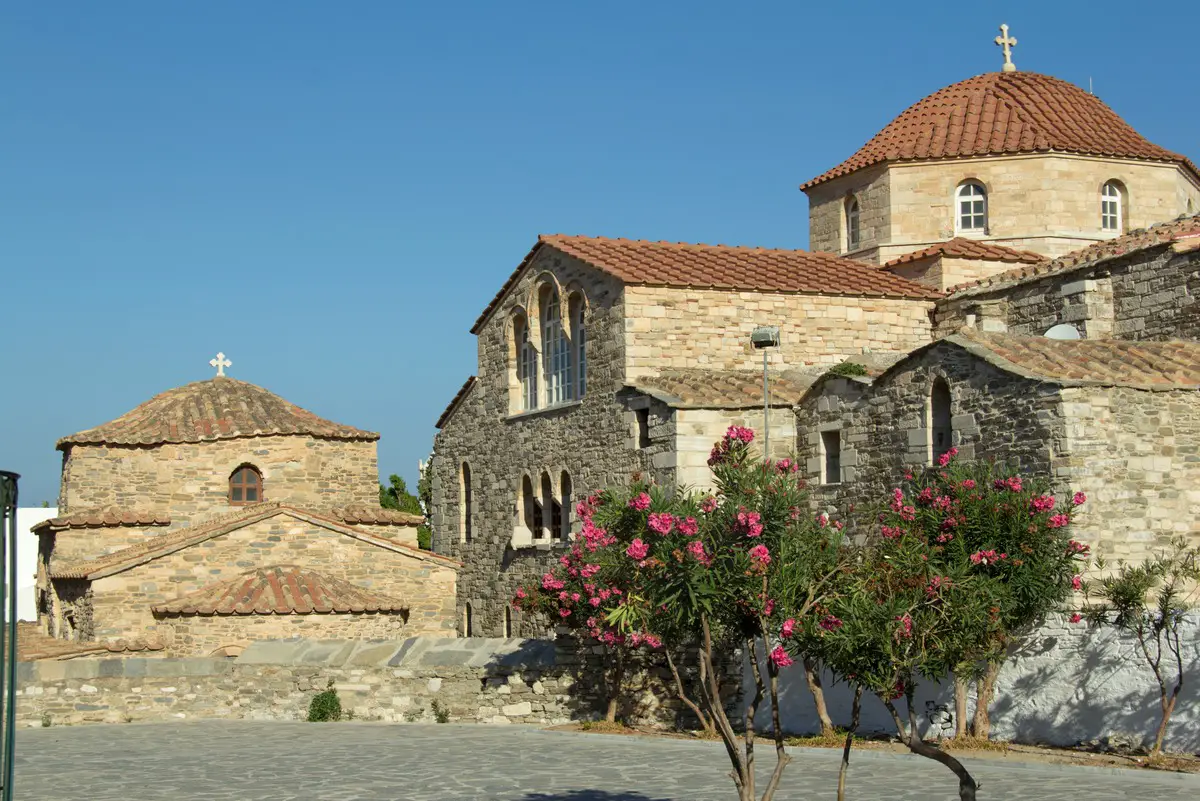
 In short
In short
The oldest extant Christian church in Greece, most likely, is Panagia Ekatontapyliani, an interesting church in Cyclades, Paros Island. According to a legend, it was built in 326 AD, but, most likely – some years later.
 40.5%
40.5%
GPS coordinates
Name in Greek
Alternate name
Architectural style
Year of construction
Branch of Christianity
Map of the site
If you see this after your page is loaded completely, leafletJS files are missing.
 In detail
In detail
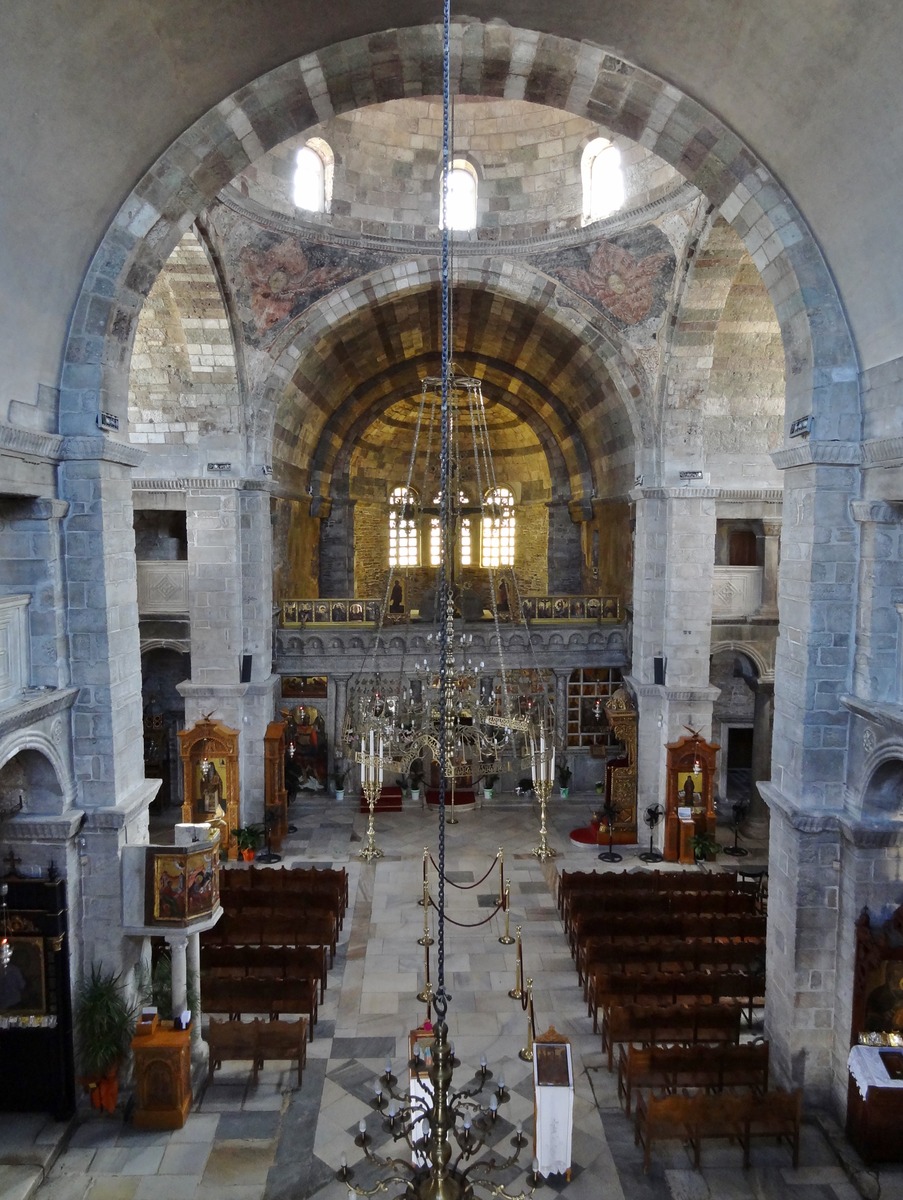
Panagia Ekatontapyliani is a beautiful part of the immense wealth of cultural heritage in the Cyclades. This is an amazing church complex, well researched and, at the same time not giving up its riddles that easily.
History of Panagia Ekatontapyliani
- Before the 4th century – most likely, at the site of the current church, stood a Greek shrine. There are parts of the former shrine in the church up to this day, including a marble relief with two satyrs, most likely a part of the temple for Dionysus.
- 326 AD (?) – mother of Roman emperor Constantine, Helena, departed on a pilgrimage to Palestine. According to a single source of a much later medieval author, due to a storm, Helena had to make a stop on Paros Island. Reportedly, she gave the promise to build a church there if her pilgrimage would be successful. There is a slight possibility that at the site of the current chapel of Agios Nikolaos (part of the church complex) was a small chapel where she gave this promise – but there are no sources to prove this. Nevertheless, according to tradition, this is the year when the church was built.
- Some years after 326 AD – a possible time when emperor Constantine built the church already after the death of his mother Helena. This was a three-aisled basilica with a wooden roof.
- 6th century AD – rebuilding of the church in the time of Emperor Justinian, possibly after the fire. The dome was added.
- Later times until the 18th century – the church gradually grew but, also suffered from attacks. It was damaged, for example, during the attacks of Hayreddin Barbarossa in 1537 and Mustafa Kaplan Pasha in 1666. Rebuildings gradually changed their Byzantine forms.
- 16th century – the first time when the present name of the church – Ekatontapiliani and, also Katapoliani – was mentioned in written sources. Ekatontapiliani means “the church with 100 doors”, but the origin of this name is unclear because the church and the whole fortification do not have many gates or doors.
- 1733 – strong earthquake damaged the buildings, and part of the dome collapsed. Later rebuilding to a large extent changed it in order to reinforce the valuable building from future calamities.
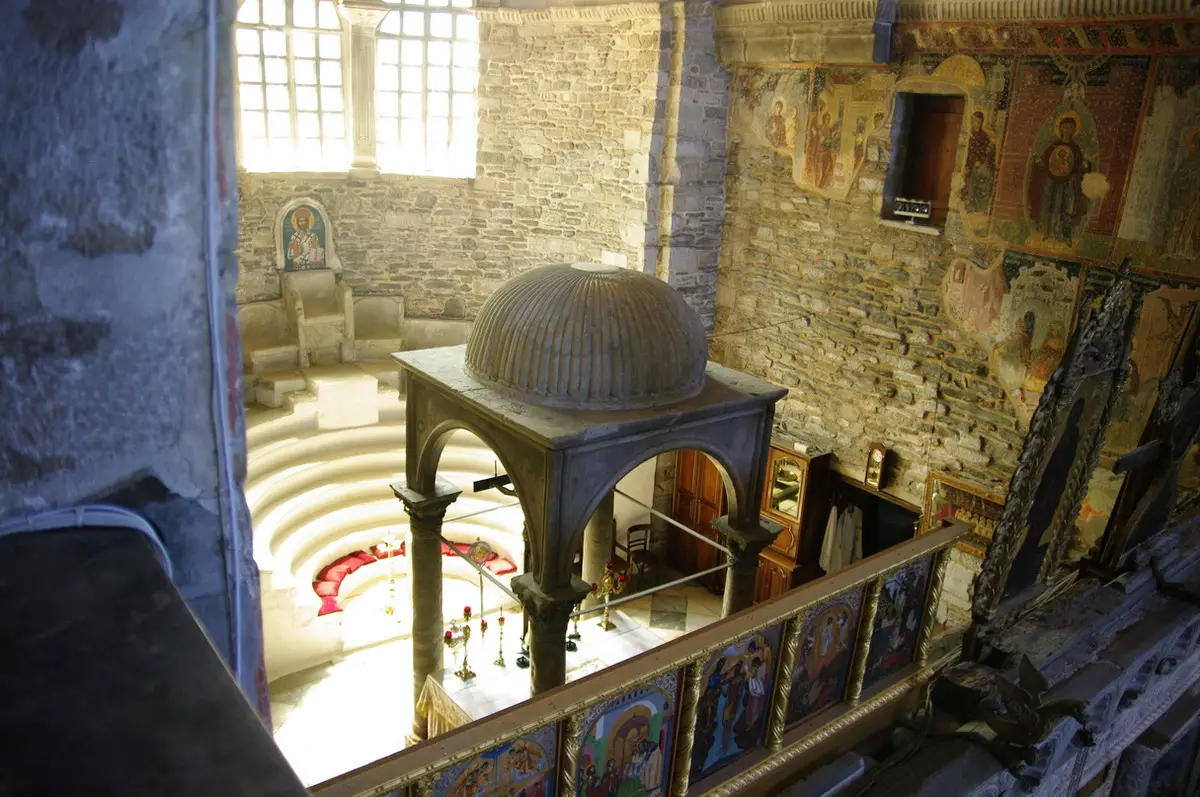
Panagia Ekatontapyliani, choir. / Bgabel, Wikimedia Commons / CC BY-SA 3.0 - 1959-1966 – under the guidance of Anastassios Orlandos the church was reconstructed to its previous, Justinian design.
- 1992 – Ekatontapiliani was declared a pan-Hellenic shrine by the Holy Synod of the Church of Greece. It is also one of the most important Greek destinations for the Marian pilgrimage.
Description
Panagia Ekatontapyliani is a whole complex of buildings. The most imposing building is the main church with Agios Anargiros, Agios Philippos, and Osia Theoktisti chapels. Valuable features in the beam (backside) of the church are the ciborium – a marble structure over the altar and synthronon – an interesting amphitheater along the wall of the bema.
Outside the church are Agios Nikolaos, Agia Theodosia, and Agios Dimitrios chapels. The chapel of Agios Nikolaos might contain the oldest extant parts of the Christian shrine from the 4th century AD.
There is also a separate building south from it – a baptistery. The baptistery has similar age to the age of the church – it was built in the 4th century AD. This is a smaller church with a cross-shaped marble basin where older people were baptized. The baptizing of infants started later, in the times of Justinian.
In the complex are also cells of the monks. A fortification wall surrounds the complex of buildings.
Panagia Ekatontapyliani is an outstanding monument of Byzantine architecture. The discussion about its age will continue, but, it definitely is very old, one of the oldest churches in this region.
References
- The church of Panagia Ekatontapiliani in Parikia of Paros, About Paros. Accessed on December 19, 2022.
Panagia Ekatontapyliani is included in the following article:
 Linked articles
Linked articles

Wonders of Greece
Greece is one of the few countries in the world where are located centers of ancient civilizations. And not just one – but several. Archaeological and cultural monuments here are older than in the remaining part of Europe and, in many cases – in the whole world. The wealth of important, unusual, and even mysterious landmarks in Greece is overwhelming.
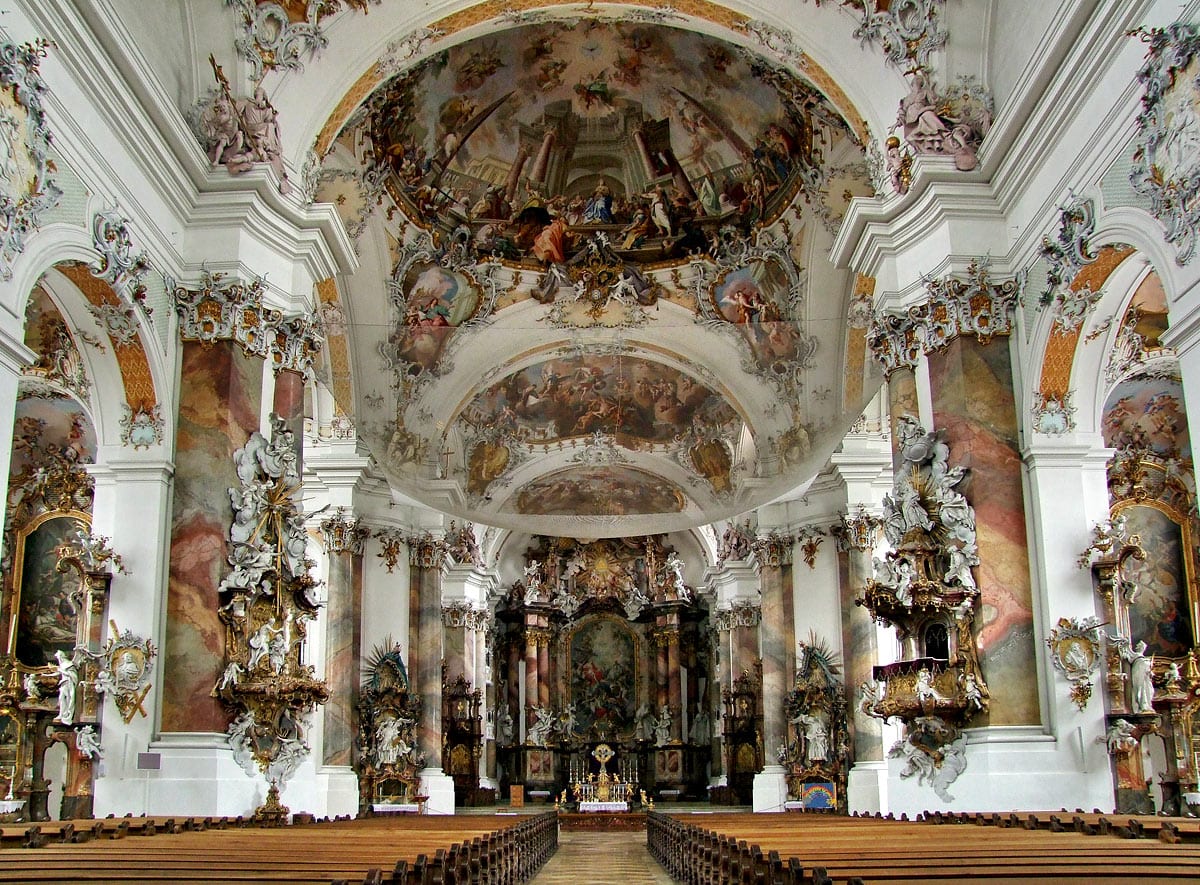
Churches
Throughout the millennia Christian churches have been the epitome of architecture and arts achievements in Western culture.
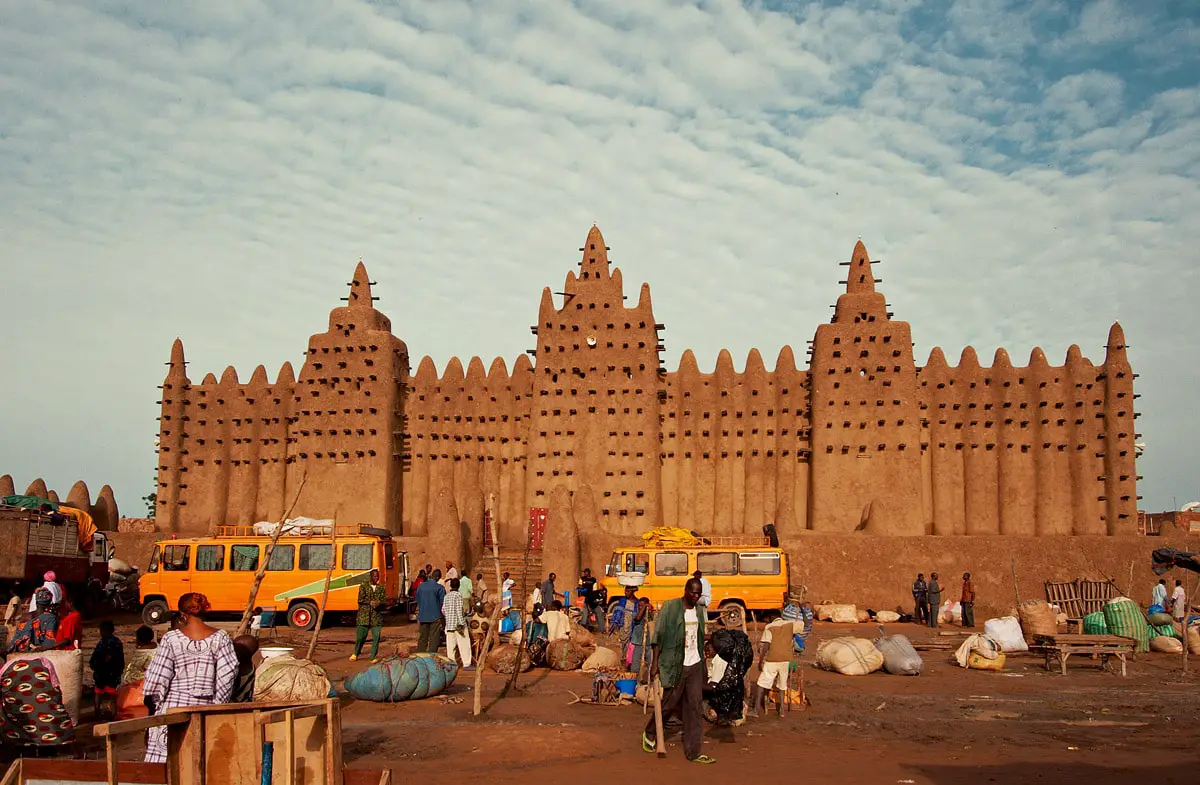
Religious architecture
Since ancient times human talents and skills have been expressed in religious architecture and arts, and traditions and rituals have evolved around pilgrimage sites. Religious buildings represent a major part of the highest achievements in architecture and crafts.
 Recommended books
Recommended books
Heaven on Earth: Art and the Church in Byzantium
This easily accessible volume, which grew out of a series of lectures presented at the Smithsonian Institution in 1991, aims to provide a coherent introduction to Byzantine culture with a focus on the interconnected realms of art and religion.
The Cyclades: Greek Island Paradise
The first comprehensive illustrated book on the Cyclades archipelago, which also includes the well-known islands of Santorini, Naxos, Paros, and Mykonos. The islands are currently among the trendiest travel destinations in the world.

